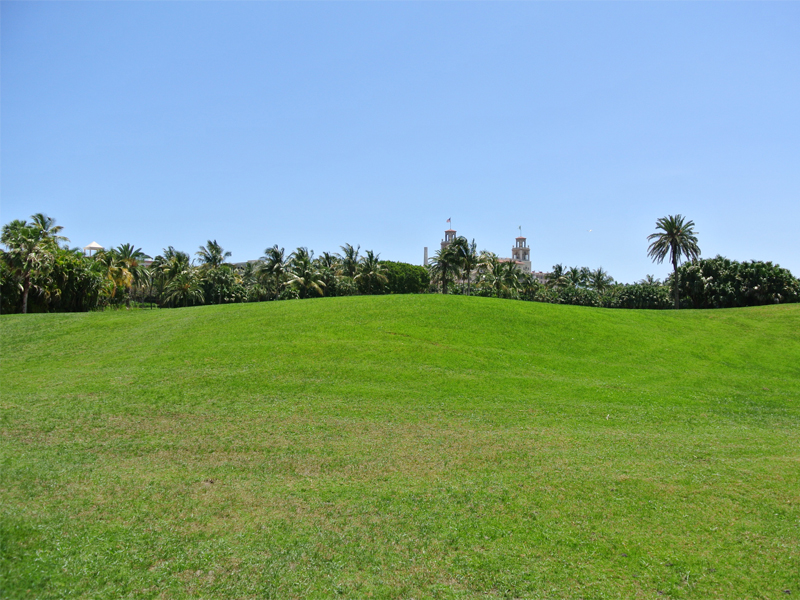
Whitefly control is difficult and complex as whiteflies rapidly gain resistance to chemical pesticides. The USDA recommends "an integrated program that focuses on prevention and relies on cultural and biological control methods when possible." While an initial pesticide application may be necessary to control heavy infestations, repeated applications may lead to strains of whiteflies that are resistant to pesticides,so only use of selective insecticides is advised. Specific insecticide information and guidance for the fig whitefly is available from the University of Florida, Davie. Care should be taken to ensure that the insecticide used will not kill the natural predators of whitefly. For effective use of biological method after application of pesticide, plant washing is advised prior to release of predators or parasitoids.
O'Hara Pest Controls uses only the proper and best solutions for eradicating whitefly infestations. Pesticides used for whiteflies control are neonicotinoids. Products containing neonicotinoid compounds have one of these four active ingredients: clothianidin (commercial), dinotefuran (over the counter and commercial), imidacloprid (over the counter and commercial) and thiamethoxam (commercial). Neocotinoids can be harmful if ingested. Neocotinoids are also extremely toxic to bees which are essential to the pollination of flowering plants, and are seen as probably one of the causes behind the dramatic decrease in their numbers. Rotation of insecticides from different families may be effective at preventing the building of tolerance to the product. Clothianidin and Dinotefuran are of the same family.
Biological methods have also been proposed to control whitefly infestation, and may be paired with chemical methods. Washing the plant, especially the underneath of leaves may help reduce the number of the pests on the plants and make their management by other methods more effective. Spraying the leaves using Safer-Soap following manufacturer instructions is one option. Whiteflies are also attracted by the color yellow so yellow sticky paper can serve as traps to monitor infestations. Dead leaves or leaves that have been mostly eaten by whiteflies can be removed and burned or carefully placed in closed bins to avoid reinfestation and spreading of the disease.
Early detection in combination with hosing or vacuuming of diseased portions as well as removal of any section that is heavily infested. Pesticide use is not ideal in the case of controlling whitefly and widespread contamination can be costly; it is best to avoid this problem with aggressive preventive measures. Ohara Pest Control can help with removal of whiteflies and can also help eliminate white fly larva.
Several predators and parasitoids may be effective in controlling whitefly infestations. These predators include green lacewings, ladybirds, minute pirate bugs, big eyed bugs, and damsel bugs. Integrated management of white flies can as well be done using Biopesticides based on microbials such Beauveria bassiana (effective on nymphs and adults) or Paecilomyces fumosoroseus.
Green lacewing larvae have a voracious appetite. They will attack whiteflies as well as other pests including aphids, mealybugs, spider mites, leafhopper nymphs, moth eggs, scales and thrips. They also can attack other insects including caterpillars. They are available in the form of eggs from commercial insectaries and will stay in a larval stage after they hatch for one to three weeks. The adult insects can fly and will feed only on pollen, honey and nectar to reproduce. Repeated application may be necessary and the eggs could be eaten before they hatch by their natural predators, such as ants or mature green lacewings.
Ladybirds are also used. They eat mostly insect eggs, but will also feed on beetle larvae, aphids, scale insects and young caterpillars. Adults are often collected when in a dormant state in the wild and shipped for use in pest control, however, they may not stay in the location where they are released. They do live for about a year and will continuously lay eggs and reproduce. Spraying the bug's wings with a sticky substance before release may hinder their ability to fly.
Contact O'Hara Pest Control Services Today for a Whitefly Treatment in your area using our quick contact form on the left.
![]()

